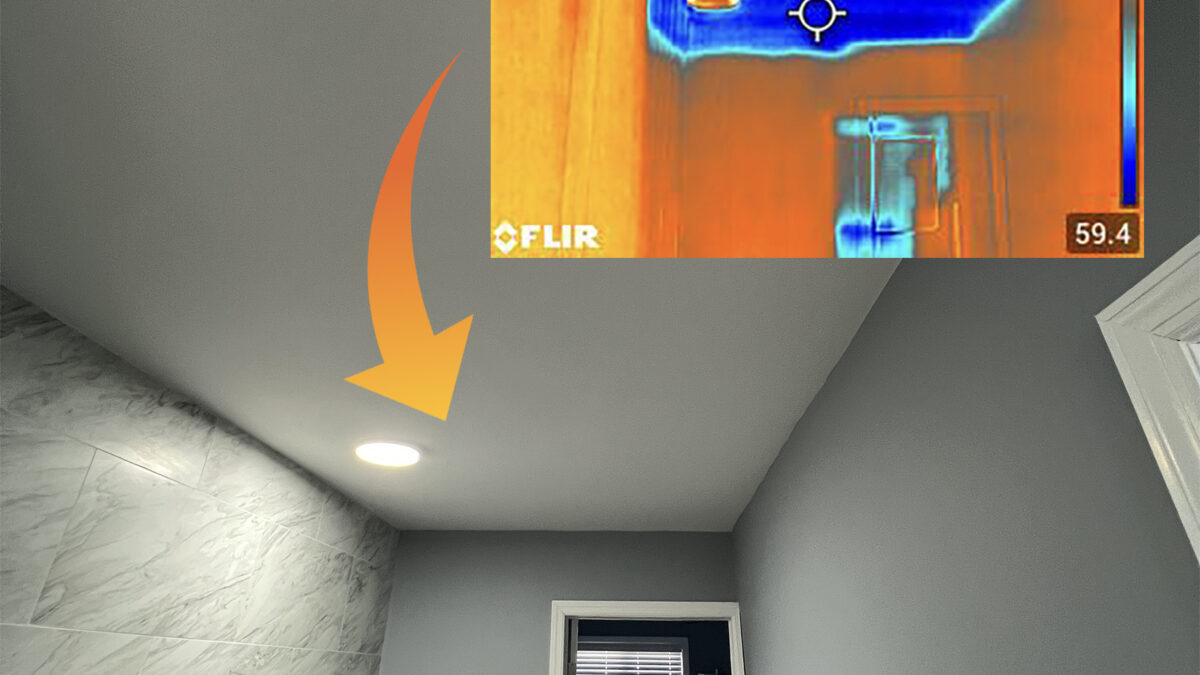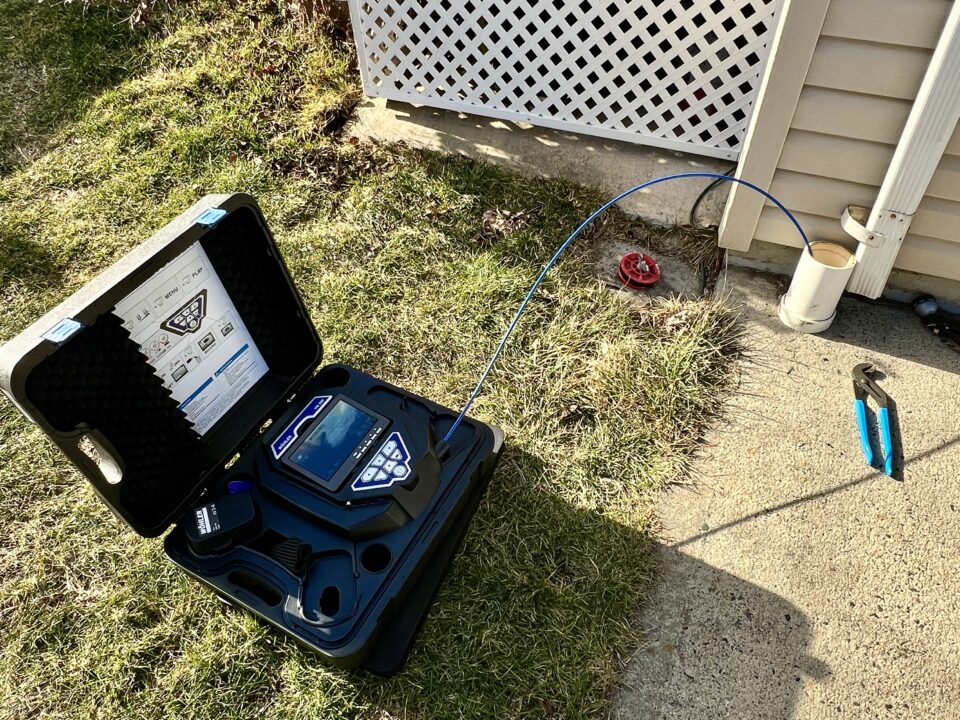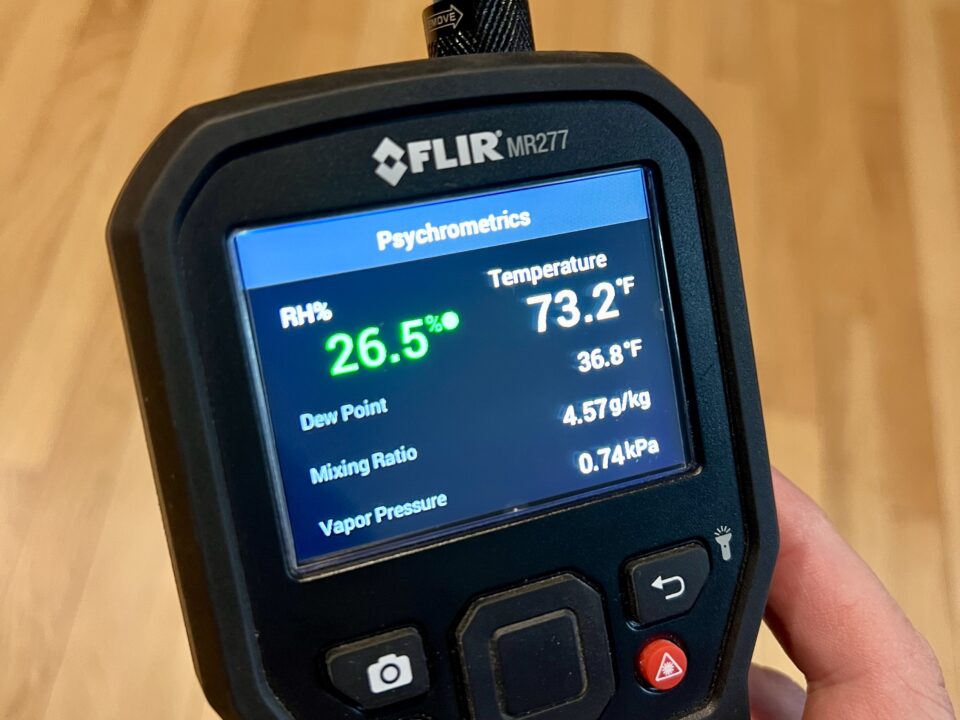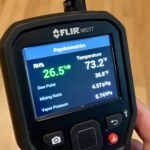
Monitoring Indoor Humidity Levels
January 13, 2025
Key Home Inspection Insights for Staten Island Buyers
February 24, 2025Detecting Insulation Voids
Insulation plays a crucial role in maintaining a home's energy efficiency, yet many homeowners remain unaware of gaps or deficiencies hidden within their walls and ceilings. A properly insulated home helps regulate indoor temperatures, reduces heating and cooling costs, and prevents drafts. However, insulation voids are not always visible to the naked eye—this is where thermography comes into play.
In the images above, a standard photo of a hallway ceiling appears unremarkable, showing no visible signs of concern. However, the infrared image tells a different story. The cooler (blue) area indicates significant heat loss, suggesting a lack of insulation above the ceiling. This type of energy deficiency could lead to increased heating costs in winter and unwanted heat gain in summer.
As home inspectors, we use thermal imaging cameras to detect such issues without invasive measures. By scanning walls, ceilings, and floors, we can identify cold spots that may indicate missing or improperly installed insulation. This technology is particularly useful in attics, exterior walls, and areas around recessed lighting—common trouble spots for energy loss.
Homeowners experiencing uneven indoor temperatures, high energy bills, or persistent drafts should consider a thermographic inspection. Detecting and addressing insulation voids early can lead to improved energy efficiency, enhanced indoor comfort, and lower utility costs. If you suspect energy loss in your home, a professional inspection can provide valuable insights into your home's thermal performance.
